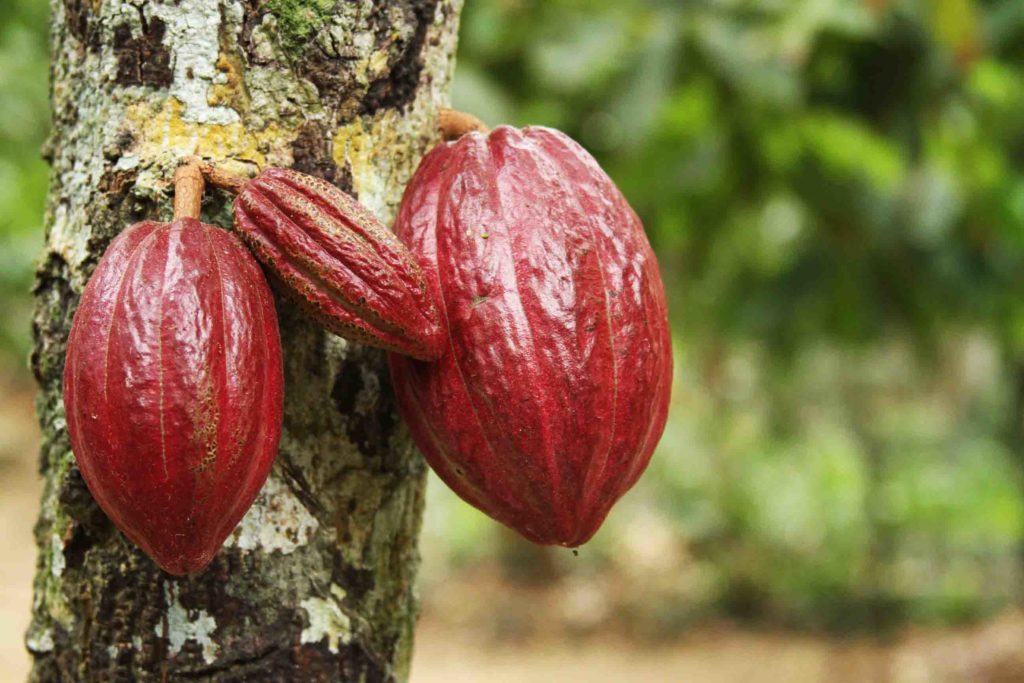[vc_row padding_top=”0px” padding_bottom=”0px”][vc_column fade_animation_offset=”45px”][vc_column_text]
Tree to bar: cocoa from the tree to the bar
By Francisco Betancourt
It is said that the cocoa seed belongs to who cultivates it with hope, processes it with love and tastes it with gratitude, respecting its properties and goodness. It belongs to who does not let it go until having a finished product: a premium chocolate bar.
Under the assumption of assuring the highest possible quality of cocoa, the Tree to bar or from the tree to the bar trend was born, fostered by chocolate companies that have their own cocoa plantations and are in charge of monitoring the seed from its planting up to producing a delicious bar, taking into account its genetics as well as of post- harvesting processes such as fermentation and drying.
Master equation
If we had to consider an equation about the taste and quality cocoa, it could be: flavour and quality of the grain = genetics of the tree + growing environment + plantation management and profit. The Tree to bar or Farm to bar movement evaluates all the previous steps to cocoa seed processing in the same way as the transformation of that raw material into chocolate is done. Hence, it is highly important to take care of all the variables of this equation.
This trend that has been taking off recently, goes far beyond what is now known as “Bean to bar” thanks to those who participate in Tree to bar movement are concerned with processes related to almonds production as well as they maintain close relationship with the producers who sell them the grain.
Such is the case that, possibly, like the chef who buys his vegetables at the farms nearby his restaurant early every morning, the master chocolate maker of Tree to bar visit the plantations regularly to checking the crops and the quality of the grain, observing the harvesting process, exploring new fermentation and drying protocols, and selecting only the best batches from a given location.
This is because the movement from the tree to the bar provides answers to the questions of a demanding consumer, who is interested in knowing a number of aspects that still remain a professional secret to others.
One of the essential principles of this movement is based on the identification of cocoa production niches with exceptional flavour, quality and aroma. Thus, in order to achieve this, those in search of these places travel around the world, being qualified as Cacao Hunters.
Some other elements of Tree to Bar are:
• A clear definition of cocoa production protocol in the field, associated with good agricultural practices
• To establish cocoa processing protocols for quality assurance, in order to standardize processes and avoid unplanned variations. Fair and responsible trade, so that part of the profit received from selling these expensive bars goes to the producer and, differentiating processing to be able to vary temperatures, toasting time, tempering, etc.
• Last but not least: traceability, which is a key element of Tree to bar movement and the core of the food innocuousness culture. In order to attain this, each cocoa batch is monitored and registered. You can even know the origin of each sack of almonds, and consequently, know how it has been produced, who the producer is, which hacienda it comes from, and also its production protocol and grain profit.
In short, the Tree to Bar becomes a process that gives an identity card to each cocoa sack and guarantees that we are consuming a chocolate free of polluting substance. It is changing the way we have traditionally known the production of cocoa and chocolate. It is a proposal that requires a trained and aware cocoa producer, a demanding and responsible consumer, and a master chocolate maker whose ability is able to convert the food of Gods into an exquisite chocolate, unique in its kind.
[/vc_column_text][/vc_column][/vc_row]





